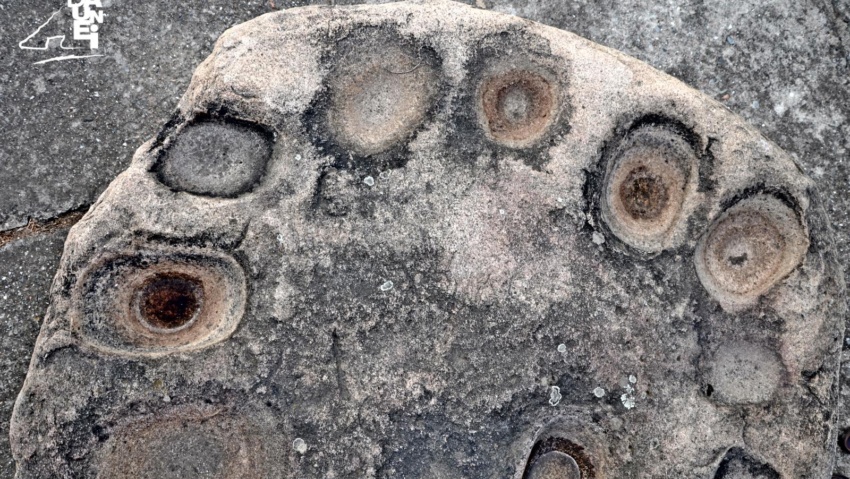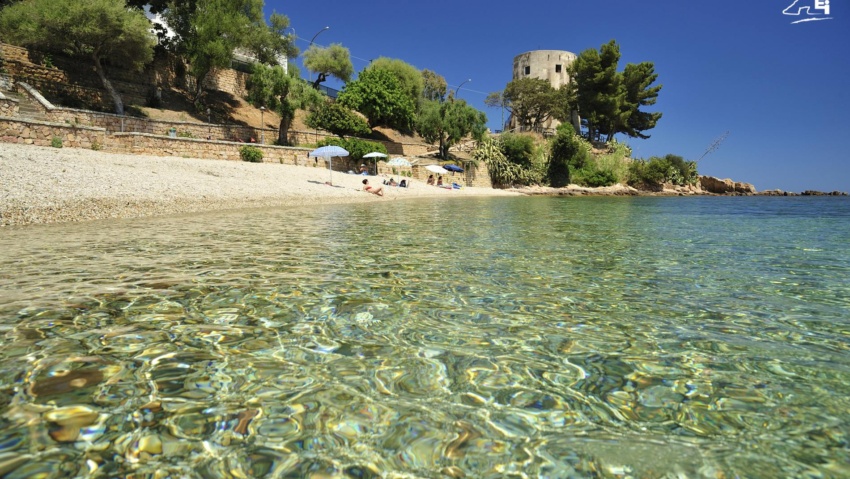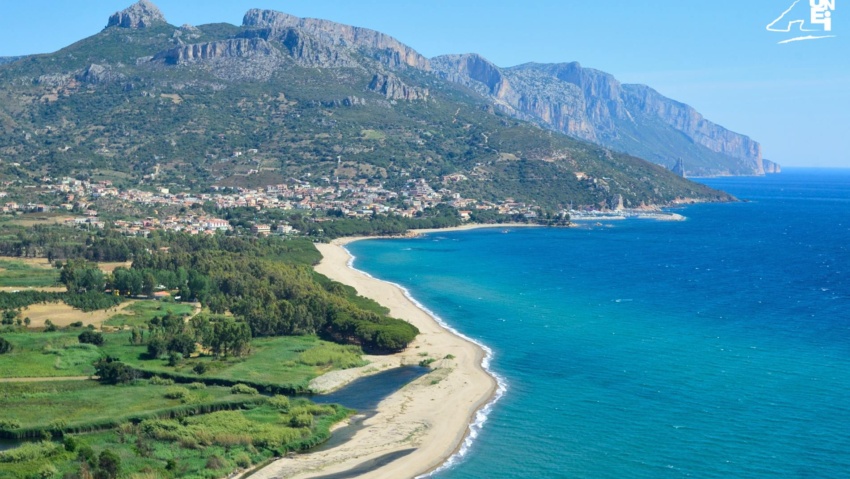The Wild Olive Trees
There is no other place in Sardinia that can boast such a concentration of secular olive trees in such a short space, and so close to the sea, as there are in Santa Maria Navarrese. This unique feature would be enough to make the square below the church one of the most important places on the island from a naturalistic point of view. The fact that there is also a thousand year old olive tree next to the church means that the 1994 initiative by the Region of Sardinia to proclaim these arboreal patriarchs, a symbol of Mediterranean flora, “Natural Monuments” appears fully justified. Botanists believe that this particular concentration of wild olive trees (scientific name Olea europaea L. var. sylvestris) in a few tens of square meters is down to the mild climate of the location, protected from the winds blowing from the north and north-east. According to some scholars the name “Ogliastra” derives from the olive trees typical of the area. Valèry also learned of this etymological hypothesis during his trip to Sardinia, since he describes the Ogliastra as “a mountainous province, bordered by the sea and which owes its name to the wild olive woods”. An evergreen, wild olive trees differ from cultivated olive trees (scientific name Olea europaea var. europaea) for their leaves and smaller fruits, and an extraordinary ability to reproduce themselves from a stump, a feature that allows wild olive trees to grow back fairly quickly if damaged by fire. Of all the wild olive trees in the coastal district of Baunei, the one that grew in the northern corner of the “Centrale” (“Central”) beach, a few meters from the shoreline, is worth a special mention. The ramifications of this tree reach so far out that, since the sixties, it has been possible to find space in which to relax under the shelter of its branches (indeed, “The Olivastro” is on two levels), which even on the hottest days benefits from the shade provided by its majestic fronds. The centuries-old carob tree that stands near the crossing that leads to Baunei is also very impressive and worthy of note.
Since 1981, the square of the olive trees, together with the nearby municipal amphitheater, is the location of the summer edition of the “Baunei goat meat festival”, usually scheduled on the Saturday following the festival of the Assumption on 15 August. Dozens of spits are placed around the fire since early afternoon and by nightfall the meat is handed out, accompanied by a piece of “pistoccu” (a Baunesis version of “Carasau bread”) and a glass of good red wine.





